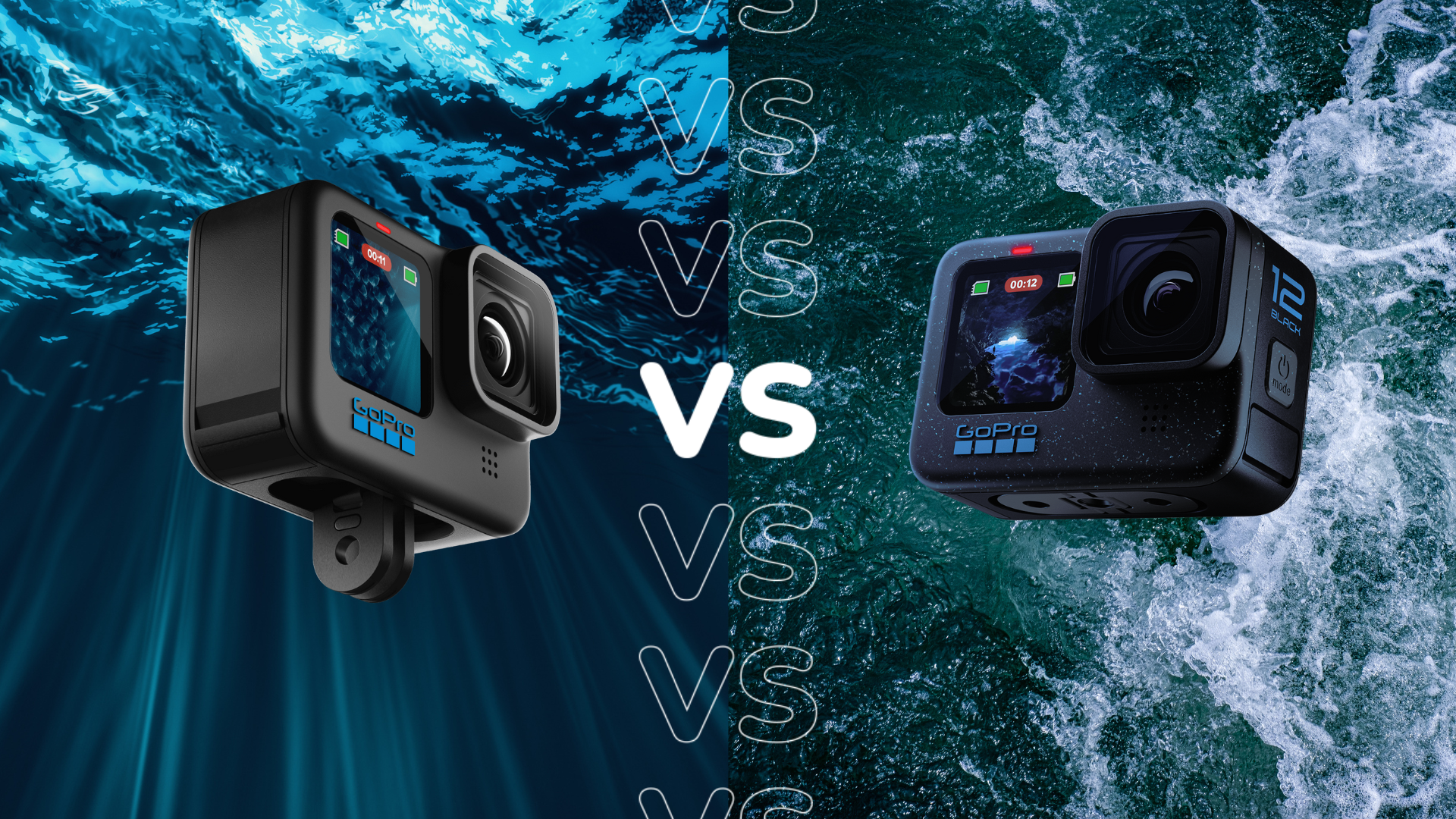Google Pixel 8 vs Apple iPhone 15: Apple or Google?
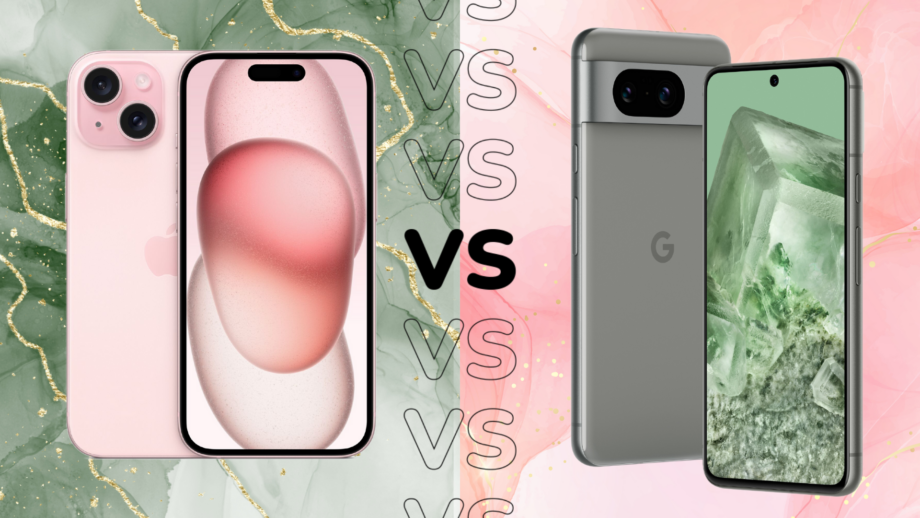
Both Apple and Google have announced a whole new range of phones this year, but which handset truly wins out?
The smartphone market is booming this year, with more options available than ever before. Both Apple and Google have refreshed their ranges this year, with two new additions to the Pixel range and a whopping four new iPhones added into the mix.
With so many new phones coming out this year, we wanted to take a closer look at both the Google Pixel 8 and Apple iPhone 15 so you can figure out which device is best suited to you. If you want to learn more about the screen, design, battery and performance of these two phones, then you’re in the right place, as we’re going to be running through everything you need to know.
Pricing
Out of these two handsets, the Pixel 8 is a lot more affordable. It has a starting price of £699/$699 and can be found on the Google website alongside third-party retailers.
The iPhone 15 is more expensive, with the base model coming with a £799/$799 starting price.
Design and Screen
The Pixel 8 comes with a large 6.2-inch Actua OLED display with a 1080×2400 resolution with an adaptive refresh rate that can jump from 60Hz to 120Hz. We found that it produced dark, inky blacks while streaming video content and that colourful animated scenes in shows like Futurama were very vibrant and popped off the screen.

Apple opted to include a slightly smaller screen on the iPhone 15; the 6.1-inch Super Retina XDR OLED display comes with a 2556×1179 resolution. It comes with Dynamic Island, which works fantastically well for showing at-a-glance information – like what song is playing on Spotify or how long is left on your timer – and is a welcome change from the unsightly notch.
We were frustrated by the lack of ProMotion on the iPhone 15, as it keeps the same standard 60Hz refresh rate as its predecessor. The lack of ProMotion was noticeable during day-to-day use, with animations feeling slower and less zippy than the Pixel 8. The OLED panel can’t be argued with though, with HDR content and photos looking accurate and sharp.
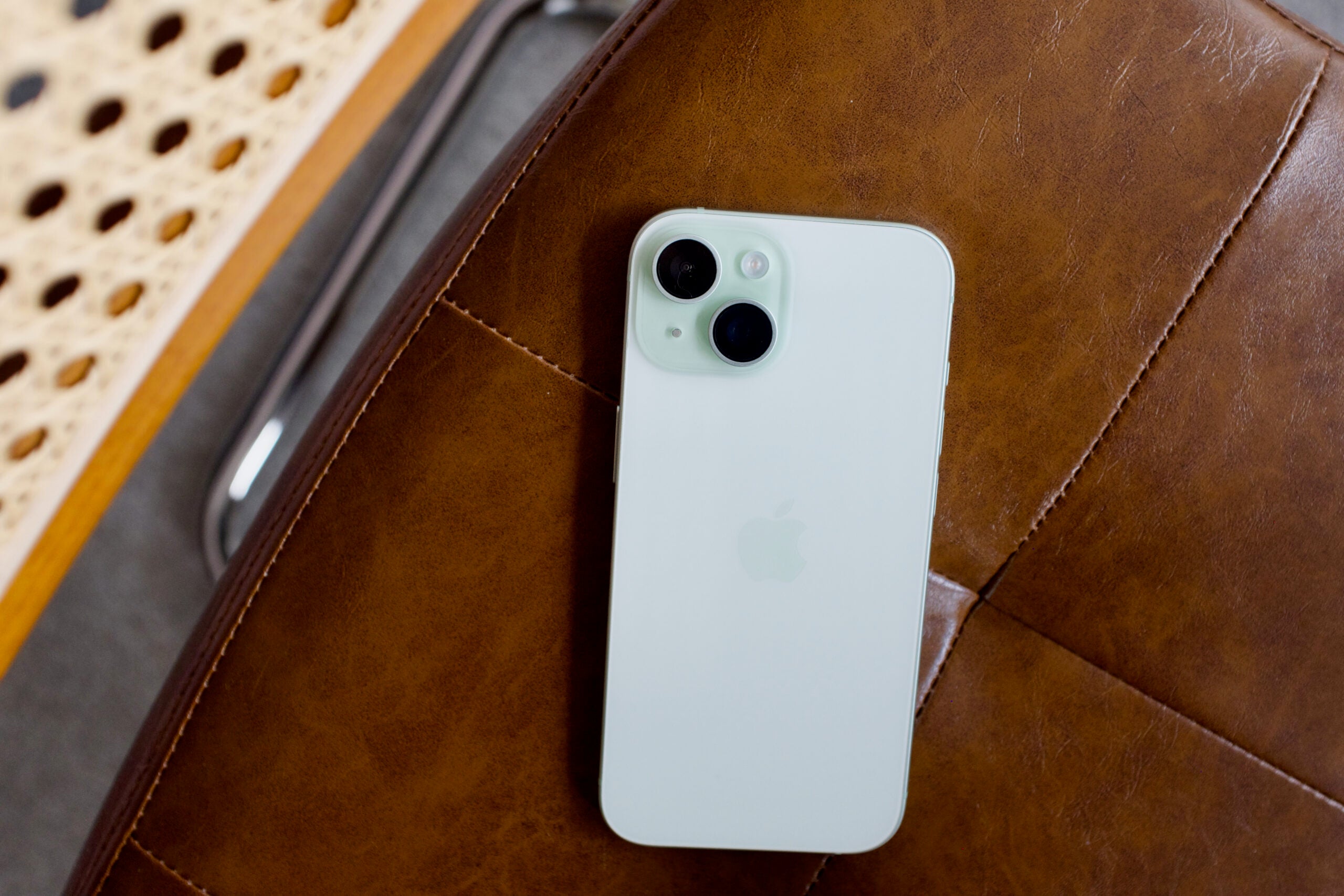
In terms of design, the Pixel 8 and iPhone 15 differ in a few key areas. We found the Pixel 8 to feel comparably thicker than the iPhone 15, although the metal and glass construction made it feel premium to hold. The iPhone 15, on the other hand, comes with a smooth, frosted back that eschews fingerprints and feels a lot gripper than the flat glass of the iPhone 14.
One key area that they do match up in is the USB-C charging port; due to some EU law changes, Apple was forced to make the switch over from the traditional Apple Lightning charging port, meaning that both handsets come with a USB-C connector.

Performance
Both Google and Apple have made a name for themselves in the chipset space over the last few years. The iPhone 15 comes with the bespoke A16 Bionic chipset, while the Pixel 8 comes with the Google Tensor G3 chip.
Looking at the iPhone 15 first, it comes with the same chipset as the iPhone 14 Pro and Pro Max models. The A16 Bionic is supremely capable, churning out synthetic benchmark scores that can outperform far pricier Android phones. We didn’t find any issues with the iPhone 15 during day-to-day use, with high-end games on Apple Arcade and the App Store performing perfectly well with no stutter or lag in sight.
Google did a great job with the Tensor G3 chipset, but it can’t compete with the A16 Bionic. Our first couple of days were marred with stuttering, even during relatively simple tasks, however, a subsequent software update did manage to alleviate the issue. General performance was very responsive, but the same can’t be said for gaming. A short session of Survivor.io brought down the frame rate and even incurred a bit of stuttering.
If you’re looking for a handset that can handle intensive gaming workloads and feels smooth to use in every scenario, then the iPhone 15 is definitely the better pick, although the Pixel 8 will still be more than serviceable for everyday tasks.
Camera
Google did knock it out of the park in the camera department, however. The Pixel 8 comes packed with a 50MP main sensor and a 12MP ultrawide lens. We found the Pixel 8 to be capable of some truly stunning photos; well-lit conditions produced punchy images with plenty of detail and impressively accurate colours. HDR performance was just as impressive and low-light photography was another very strong point, delivering images packed with vibrant colours.
A key part of the Pixel 8’s camera is the slew of AI tricks. Magic Eraser allowed us to remove distracting objects and photobombers from pictures and Best Take can essentially generate an image with everyone’s best smiles, giving us the option to perfect every group photo.
Apple’s camera setup is still impressive, but it doesn’t come with nearly as many AI tricks as its Google rival. The iPhone 15 comes with a 48-megapixel main sensor alongside a 12MP ultrawide lens. The main lens can capture sharp and detailed images thanks to all those megapixels, and the inclusion of Deep Fusion and Smart HDR ensures that colours look vibrant without looking oversaturated.

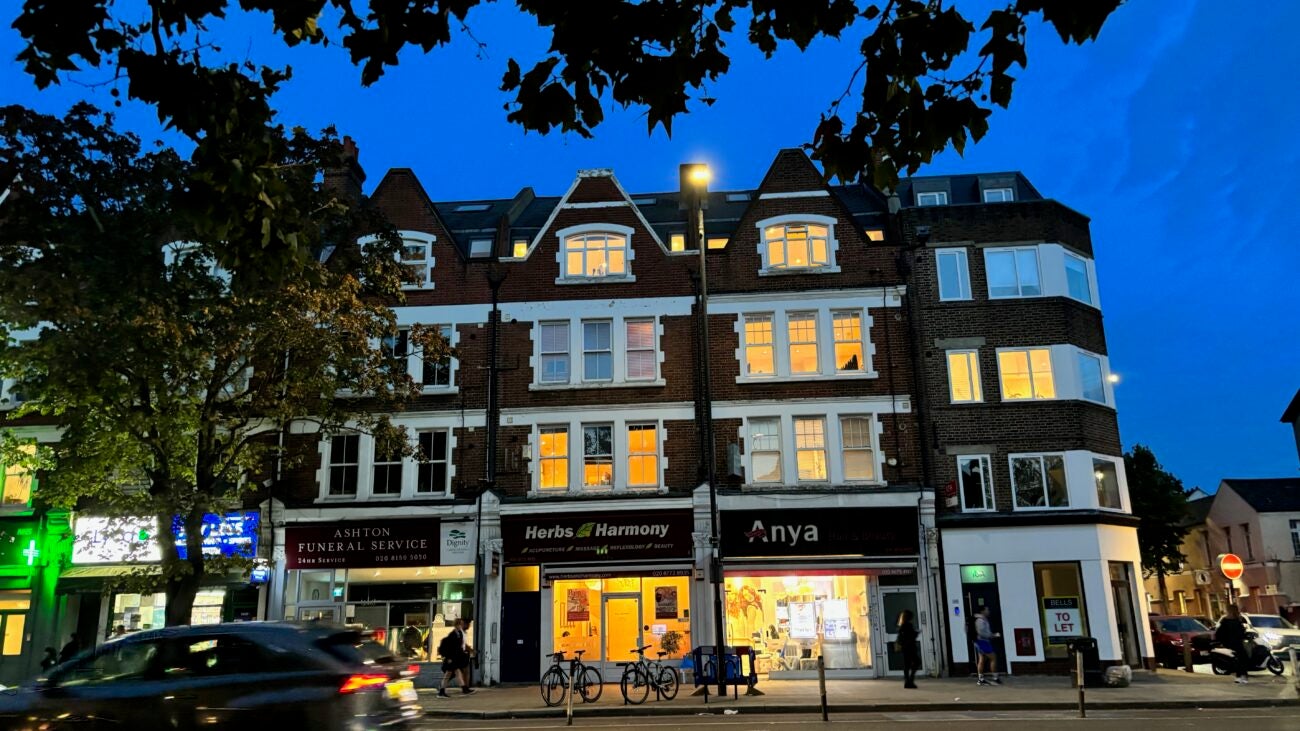




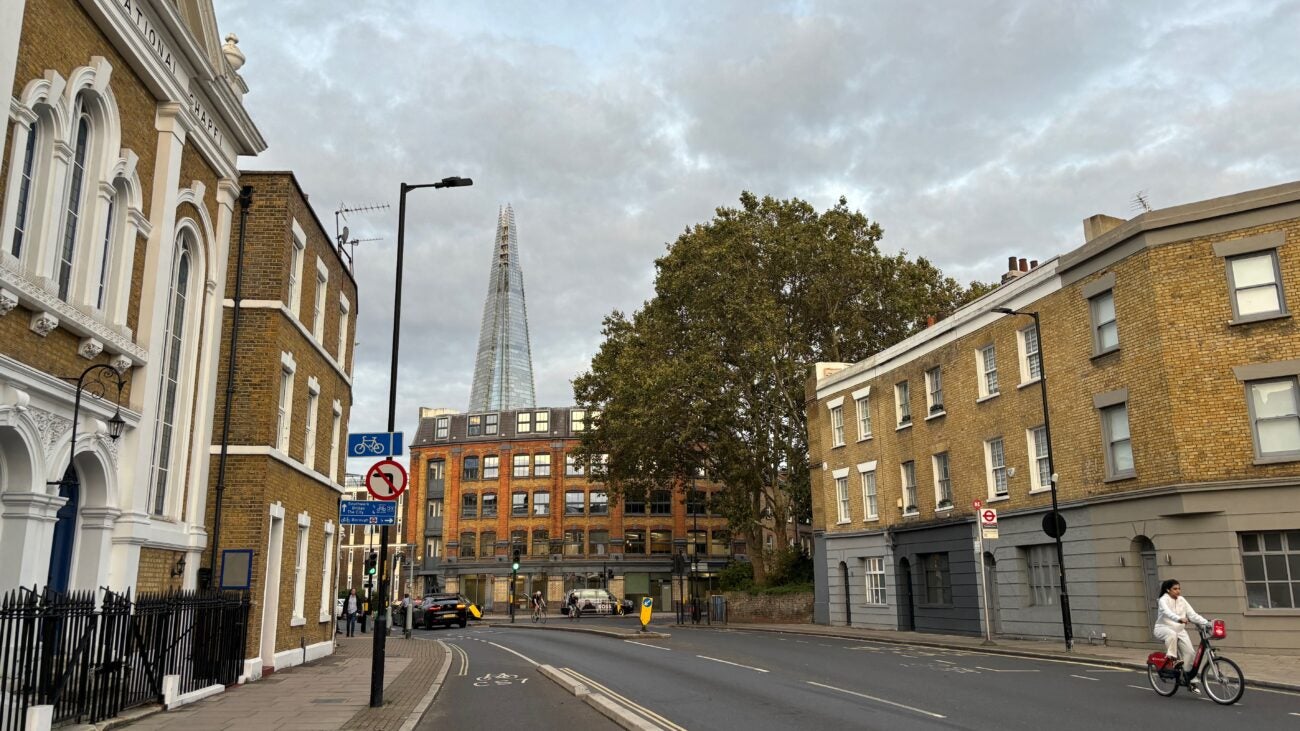


We gave the upper hand to the Pixel 7 Pro for night shots in our review, since the iPhone 15 still has a very reflective lens that makes itself known when shooting in darker situations with lots of streetlights.
The edge may have to go to the Pixel 8 due to all its AI features, but overall, both of these handsets are very talented in the camera department and are capable of some truly amazing shots.
Battery Life
The Pixel range has come such a long way in terms of battery life; we managed to have around 20-30% left in the tank after a long day at work even with 3.5 hours of screen-time on average and plenty of screen-off time listening to music.
More impressively, it managed to charge up to 51% in 30 minutes, hitting the 100% mark in an hour and 20 minutes.
Apple doesn’t pack the same punch in the endurance department, but it’s still much better than the iPhones of old. This is a phone that needs to be charged every night with lighter users getting, at most, until lunchtime of day two. The charging speeds were very similar to the Pixel, reaching 50% in 30 minutes and 100% in just above 90 minutes, with the USB-C charger making no difference in the charging speeds.



